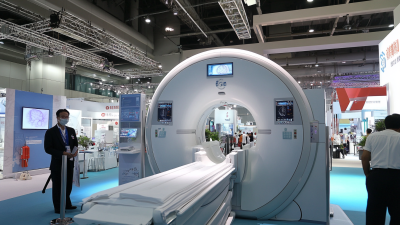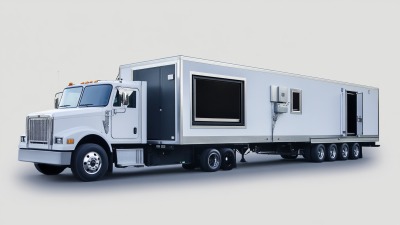In recent years, the landscape of emergency medicine has undergone a significant transformation, largely fueled by the advent of advanced medical technologies. Among these innovations, the Mobile CT Scan Unit stands out as a game-changer in rapid diagnostics and patient care. These portable units enable healthcare providers to access high-quality imaging services directly at the point of care, thereby drastically reducing the time it takes to diagnose and treat critical conditions. The ability to perform CT scans on-site mitigates the delays associated with patient transportation to conventional imaging facilities, ensuring that timely interventions can be implemented for conditions like traumatic brain injuries or strokes. As we delve into the implications of Mobile CT Scan Units on patient outcomes, it becomes crucial to examine how they not only enhance diagnostic accuracy but also improve overall treatment efficacy and efficiency within emergency medical services. This exploration will shed light on the pivotal role that these units play in revolutionizing the field of emergency medicine.
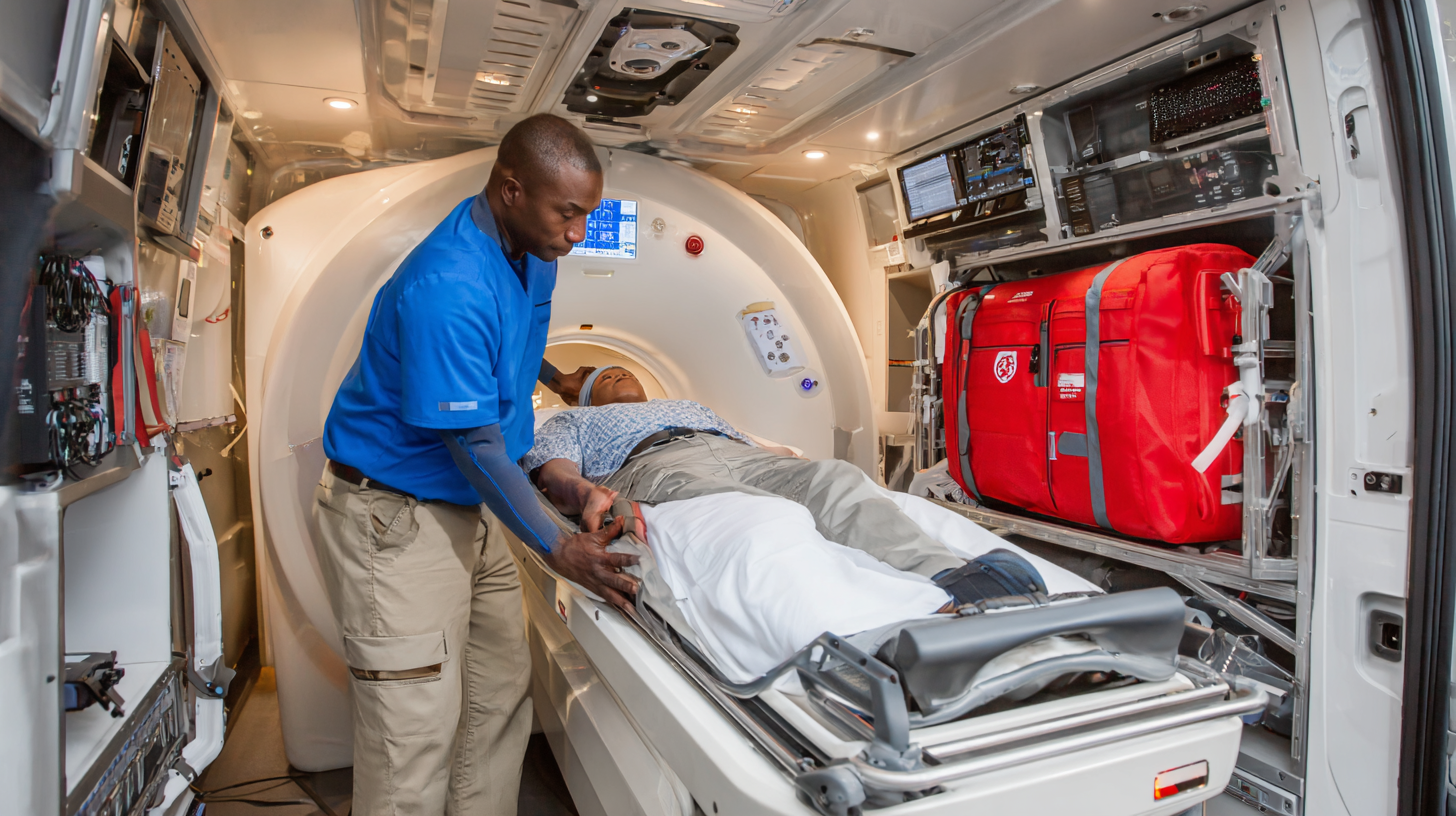
Mobile CT scan units are transforming the landscape of emergency medicine by providing rapid imaging capabilities directly at the point of care. These units play a crucial role in expediting diagnosis and treatment, especially for conditions such as stroke and traumatic brain injury. According to a recent report from the American College of Emergency Physicians, the use of mobile CT can reduce time to diagnosis by up to 50%, significantly impacting patient outcomes and survival rates. This immediate access to advanced imaging allows for swift interventions, improving overall efficiency in emergency departments.
One significant advantage of mobile CT units is their ability to alleviate the burden on overcrowded emergency rooms. By providing imaging services in the field or at nearby locations, these units can decrease patient wait times substantially. A study published in the Journal of Emergency Medical Services found that facilities equipped with mobile CT technology experienced a 30% reduction in patient throughput time. This not only enhances patient care but also optimizes resource allocation within hospitals.
Tips: If you’re involved in emergency medical services, consider advocating for the integration of mobile CT units in your operations. Ensure that your team is trained in the effective use of these technologies to maximize their impact on patient care. Stay updated with evolving technologies and evidence-based practices to leverage the full potential of mobile diagnostic tools in crisis situations.
Mobile CT scan units have become a transformative force in emergency medicine, significantly improving patient outcomes in critical situations. By providing rapid imaging capabilities directly at the scene or nearby medical facilities, these units enhance the diagnostic process for patients experiencing conditions such as stroke or intracerebral hemorrhage (ICH). Recent advancements in imaging technology, including portable low-field MRI systems, underline the importance of timely evaluations in emergency settings, demonstrating that early diagnosis can lead to more effective treatments and better recovery prospects.
Success stories from various deployments of mobile CT units further highlight their impact. For instance, the Cleveland Clinic's mobile stroke treatment unit has been operational for nearly a decade, setting a benchmark for rapid, on-site care. By integrating advanced imaging technologies like mobile CT and low-field MRI, healthcare providers can quickly determine the nature of a patient's condition, allowing for immediate therapeutic interventions. These innovations not only streamline the treatment process but also significantly enhance the chances of favorable outcomes for patients during critical emergencies.
This chart illustrates the improvement in patient outcomes as a result of deploying mobile CT scan units in emergency medicine over a one-year period. The data reflects the percentage change in key patient outcome metrics before and after the implementation of mobile CT units.
Implementing mobile CT scans in emergency medicine presents significant advantages for healthcare providers, allowing for swift diagnosis and treatment of patients. Key strategies involve the integration of these advanced units into existing emergency response systems. First, establishing clear protocols for deployment ensures that mobile CT scan units can be rapidly mobilized to crisis locations, minimizing delays in patient assessment. Training staff on the operational aspects of these mobile units is crucial to maximize their effectiveness and maintain high standards of care.
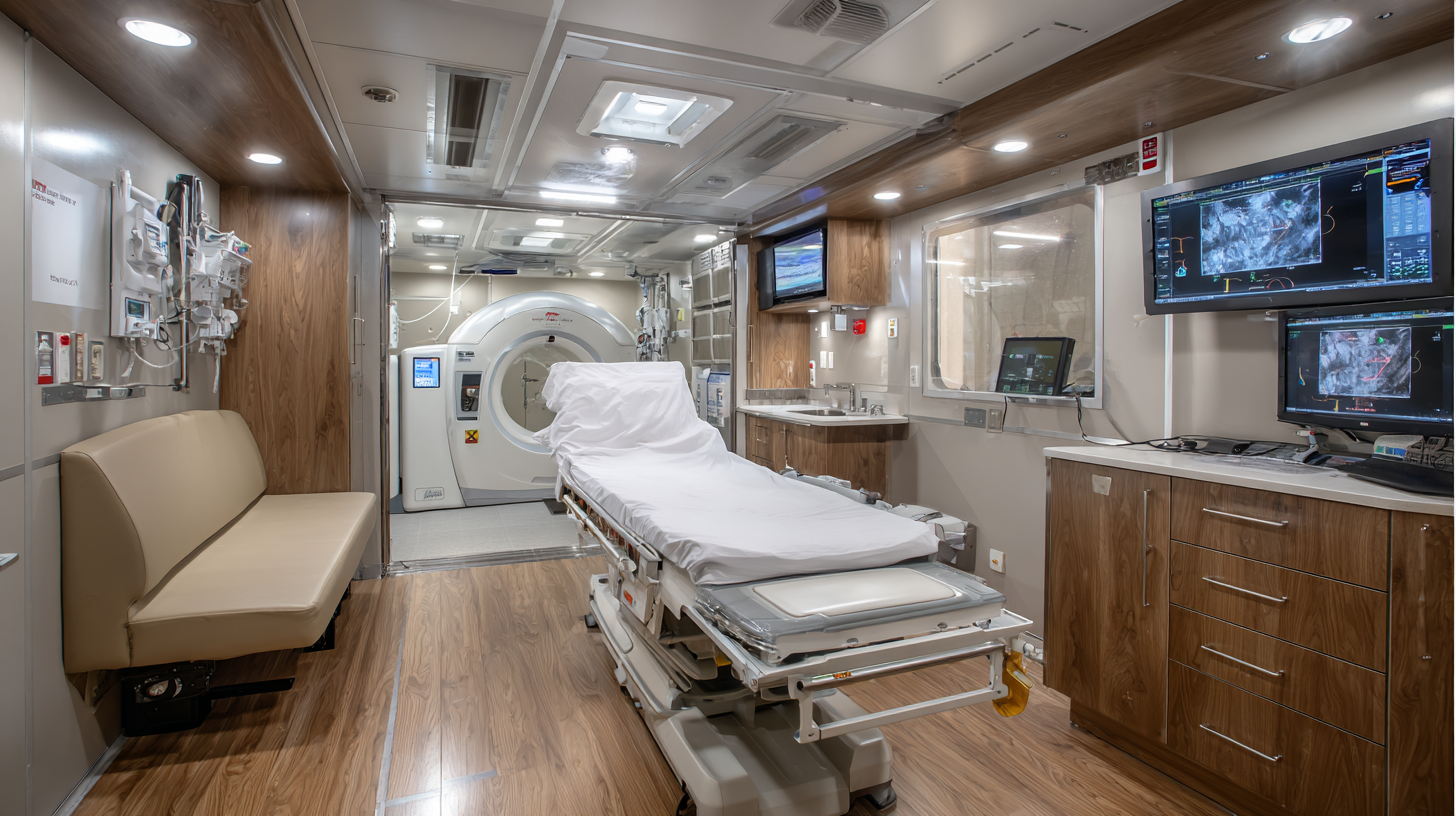
Another important strategy is fostering collaboration between emergency services and radiology departments. By developing coordinated efforts, facilities can streamline communication and data sharing, enabling immediate radiological support to frontline medical teams. Furthermore, ensuring that mobile CT units are equipped with the latest technology allows for high-quality imaging, which is essential in critical situations. Overall, the focus on training, coordination, and advanced technology positions healthcare providers to significantly enhance patient outcomes in emergency scenarios.
The integration of mobile CT scan units into emergency medicine is transforming patient care, yet it comes with its own set of challenges. One significant hurdle is the logistical complexity of deploying these units in real-time. According to the American College of Emergency Physicians, timely imaging is critical; a 2019 study highlighted that delays in diagnosis can lead to worsened patient outcomes, with every hour of delay in treatment potentially increasing mortality rates by 7% for stroke patients. To address this, emergency departments must develop robust protocols for rapidly dispatching and positioning mobile units without compromising available resources.
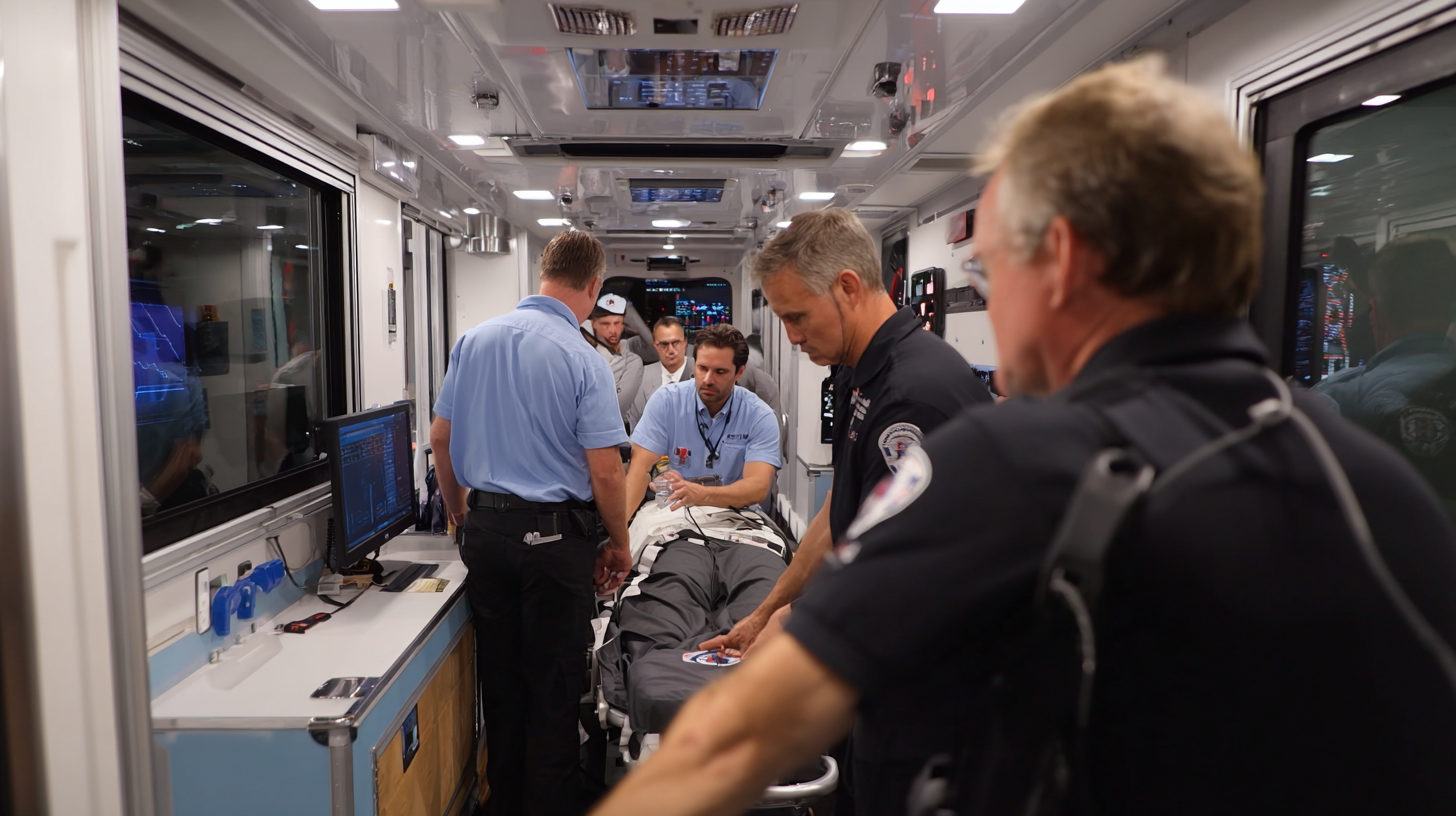
Another challenge lies in the training and readiness of medical personnel to utilize this advanced technology effectively. Data from the National Institutes of Health indicates that incorporating mobile CT scans requires not only technical training but also an understanding of their implications in acute care scenarios. As mobile units become more prevalent, hospitals must invest in continuous education for staff, ensuring they are proficient in both operation and interpretation of CT results. By focusing on these solutions, healthcare facilities can maximize the potential of mobile CT technology, ultimately enhancing patient outcomes in emergency situations.
The evolution of mobile imaging in emergency medicine marks a significant advancement in patient care. Mobile CT scan units are now being engineered to meet the demands of rapid assessments in critical situations. These units provide on-site imaging capabilities, drastically reducing the time it takes to obtain crucial diagnostic information. With advanced imaging technology becoming more compact and mobile, healthcare providers can respond to emergencies with unprecedented efficiency, ensuring that patients receive timely interventions based on accurate imaging results.
Looking to the future, the potential of mobile imaging continues to expand. Innovations in artificial intelligence and machine learning are set to enhance the diagnostic accuracy of these portable units, facilitating quicker decision-making processes. Furthermore, integration with telemedicine platforms could allow specialists to remotely analyze images in real-time, broadening the scope of expert consultation during emergencies. As these trends unfold, mobile imaging is poised to fundamentally reshape the landscape of emergency care, improving outcomes for patients in urgent need.
| Metric | 2022 | 2023 | Projected 2025 |
|---|---|---|---|
| Number of Mobile CT Units Deployed | 250 | 320 | 450 |
| Patient Outcomes (Improvement Rate) | 60% | 70% | 80% |
| Average Time to Diagnosis (Minutes) | 25 | 20 | 15 |
| Cost Reduction in Emergency Care (%) | 25% | 30% | 35% |
| Patient Satisfaction Score (out of 10) | 8.0 | 8.5 | 9.0 |



